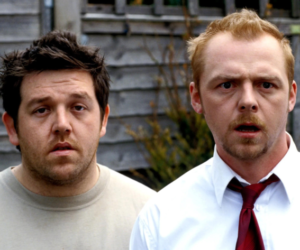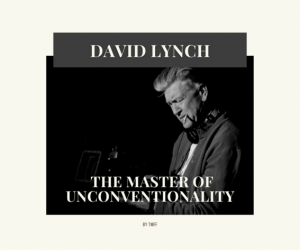Science fiction, also known as sci-fi, broke ground in the 1970s and 1980s for creating worlds not thought possible—an area of the possibility to experience moving forward. Though sci-fi is nowhere near the scale it once was, the genre has been around for as long as cinema, spanning generations with several fantastic stories and films.
Analyzing the evolution of sci-fi in film makes for a compelling discussion, showcasing a subject that deserves more love as it once did. Is it possible for sci-fi to grow in popularity again as it did in the 1970s with the recent success of Dune (2021)? Or will it continue to be more of a niche?
Early Beginnings – Silent Film Era (1900s)
Silent filmmaking was the large extent of cinema in the early 1900s, with most of the films only being a couple of minutes in length. The first science fiction film dates back to 1902 with Voyage dans la Lune (a trip to the moon) by George Méliès. The film tells the story of a group of astronomers that go on an expedition to the Moon and is a time capsule upon viewing.
The innovative use of special effects and color inspired countless filmmakers, with sci-fi literature growing around the same time. Film adaptations ran rampant in the later decades, thanks to the popular novels of the early 1900s, such as Frankenstein (1910) and Dr. Jekyll and Mr Hyde (1913).
Evolutionary Purpose (1930s and 1940s)
The Great Depression caused a rise of low-budget and quickly produced short films. Though many focused on the hardships of the depressions, many audiences looked for films that took them out of the ongoing dismal mindset so many were experiencing.
Instead, the decades leading to World War II depicted futuristic adventures, such as Metropolis (1927), Things to Come (1936), and The Phantom Empire (1935). The films had a heavy focus on space travel, gadgets, and mad scientists. The success brought on sequels but quickly diminished during the war.
Post-War (1950s)
The red scare and constant fear of war greatly influenced the sci-fi genre throughout the 1950s. Many regard the 1950s as the golden age of science fiction, with films like Destination Moon (1950) telling the story of a nuclear-powered space race against the Soviet Union.
Though many of these films had a natural propagandistic effect on their story, there were plenty of totally separate films that focused on the modern era of UFOs. The films combined sci-fi and horror with a mix of natural anxiety so many people were experiencing at the time.
Mainstream Success (1970s and 1980s)
The 1970s and 1980s saw tremendous mainstream success, with Sci-Fi amidst space adventure being such a heavy theme throughout the decades. Many of these classics focus on paranoia, threats against humanity, and venturing into the unknown. Some of the best include A Clockwork Orange (1971), Star Wars (1977), Alien (1979), and Blade Runner (1982).
Cyberpunk and Internet Themed Sci-Fi (1990s)
As the technological landscape launched throughout the 1990s due to the internet, many sci-fi stories utilized the growing theme of tech into their stories. The cyberpunk subgenre pertained to advanced technological and scientific achievement. Some of the best include The Matrix (1999), Dark City (1998), The Truman Show (1998), and Contact (1997).
The Decline of Sci-Fi (2000s)
For whatever reason, sci-fi no longer carried the mainstream appeal it once had, eventually transforming into a niche rather than a primary genre. Though the 2000s and 2010s have seen several fantastic sci-fi films, the box office numbers for the genre aren’t what they used to be. Hopefully, that’ll change someday because the genre deserves more love as it did in the past.

















